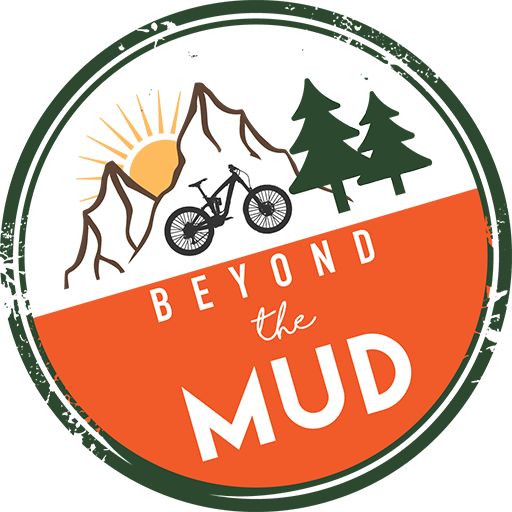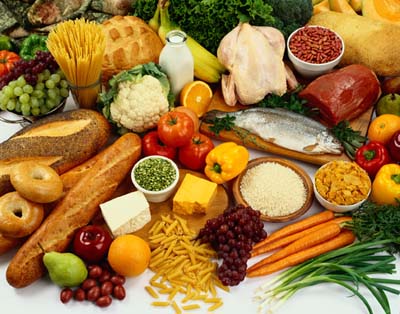On Wednesday I went to a talk by Dr Rob Child on sport nutrition. It was really interesting and to learn more about how nutrition and training really sit side by side and should been seen as equally as important.
Dr Robert Child is the head of ESG’s nutrition services and is an expert in the safe and legal use of nutrition supplements. He has been working with top-level athletes for over a decade.
Below are some of the key points from the lecture that I wanted to share.
Fuels for performance and what they do:
- Fat – lots of fat available to fuel a small engine – slow process to use fat
- Carbohydrate – smaller reserve but can burn at a faster rate
- Creatine – tiny engine – fast process to use creatine. Used very quickly but regenerates rapidly too
Good nutrition is about harnessing the beneficial effects of food.
What is a good training diet?
Fat-
- Omega 6 – cakes/ ready meals etc Omega 6 has an inflammatory response
- Omega 9 – olive oil
- Omega 3 – fish/ Flax seed etc Omega 3 suppresses inflammation – benefits of omega 3 include reduced heart rate, improved mood, and improved ventilation
Protein-
Vegetable protein
Animal protein (milk, egg, fish, meat) – milk and eggs contain important antioxidant’s; creatine, carnosine and carnitine are found in animal proteins.
Characteristics of animal proteins –
- Low GI
- They make you feel full (20/30g per meal)
- High vitamin density b vitamins, iron, minerals, zinc, creatine
- Important for muscle grow, repair, immune system
Carbohydrate –
Glycemic index.
The Glycaemic Index (GI) is a ranking of carbohydrate-containing foods based on the overall effect on blood glucose levels. Slowly absorbed foods have a low GI rating, while foods that are more quickly absorbed have a higher rating.
- White bread 95 digested quickly so big increase in glucose
- White boiled rice 60-70
- Spaghetti (Durham wheat) 64
- Potatoes boiled 85
High GI foods are good recovery foods and help stimulate the release of insulin was which also helps with muscle repair.
Anything with a lot of fibre in it has a low glycemic index, low GI takes longer for your body to break down and release energy making them good pre-race/ long training ride foods.
- Oats/muesli 42
- Apple 36
- Chickpeas 36
Fibrous (unrefined carbs) if it looks like when it was growing its fibrous
- Fruits
- Veg
- These have low GI
- Don’t elevate insulin levels
- Make you feel full
- Nutrient dense
QUESTION: I tend to train early in the morning and if nots an intense session I won’t eat first, I thought this meant I burnt more fat… but turns out I could be burning muscle too!
Starchy carbs
- White Rice
- White Pasta
- Ice cream
- High GI
- Elevate insulin levels
- Don’t make you feel full
- Low nutrient density
Type and amount of protein, fibrous carbs, starchy carbs in meals is important
- Big breakfast high calorie to fuel you throughout the day. Minimum of 10g protein in breakfast
- Big lunch
- Small dinner so less to be stored over night as fat
This is obviously very different to the way most of us eat now and is a lifestyle change but potentially a good one! After Christmas I am going to give it a go having a larger breakfast and lunch and a smaller dinner.
I hope you have enjoyed my post, the nest one will be on recovery nutrition.






